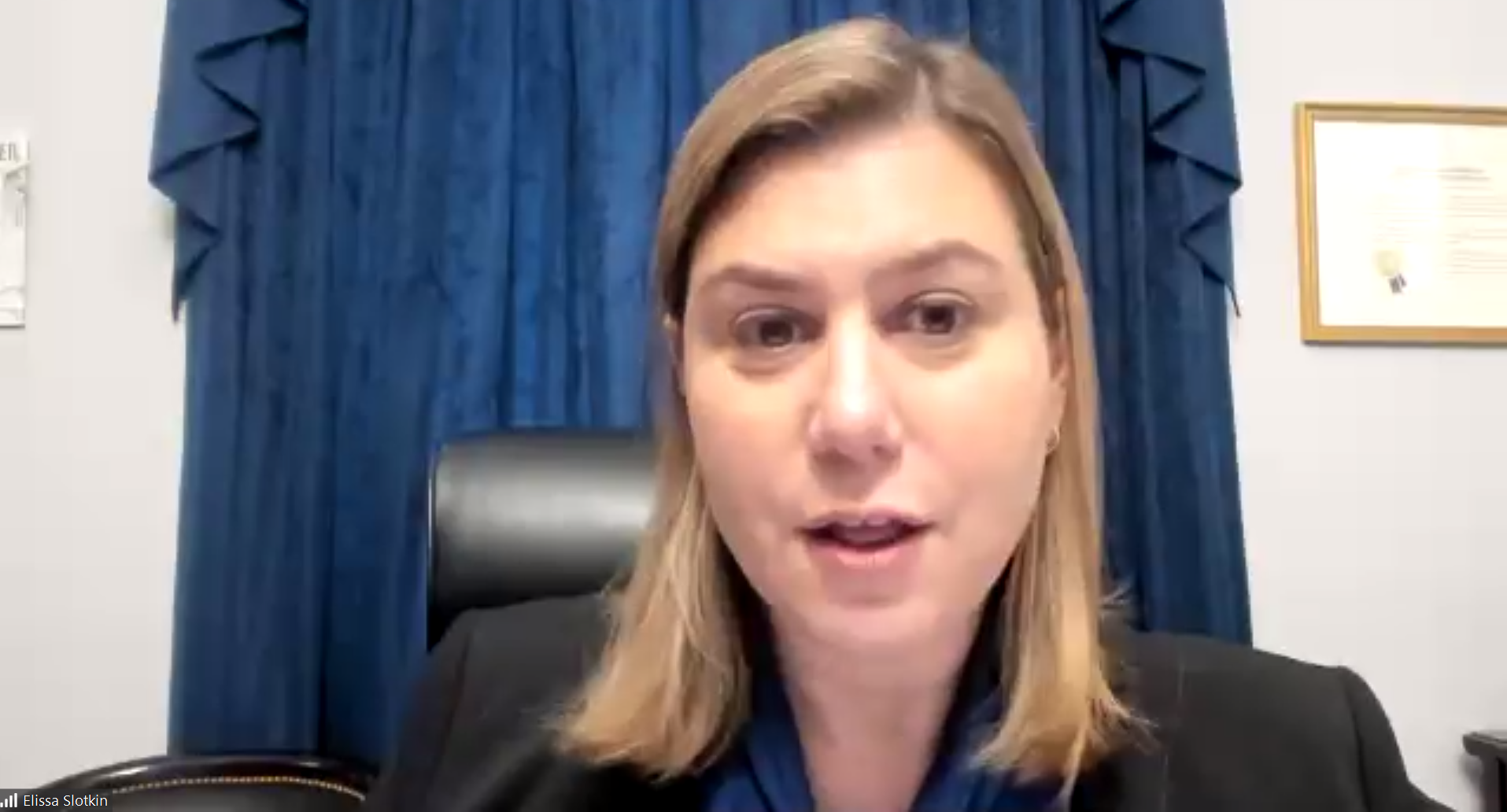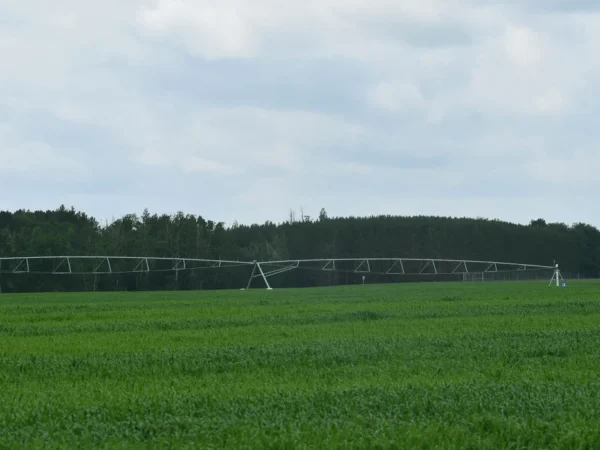
Michigan is at the forefront of states in the U.S. when it comes to taking action against per- and polyfluoroalkyl substances, or PFAS, a group of manmade chemicals found in a wide range of consumer products as well as firefighting foam.
On Monday, Michigan’s new statewide PFAS maximum contaminant levels took effect, and they are currently among the most comprehensive and strict standards in the country in limiting the amount of PFAS in drinking water.
“These regulations represent input from a diverse group of stakeholders who helped shape these regulations,” said Liesl Clark, director of the Michigan Department of Environment, Great Lakes, and Energy. “They are practical, science-driven and, most importantly, protective of public health. This is an important milestone for Michigan’s drinking water.”

Michigan Department of Environment, Great Lakes, and Energy Director Liesl Clark speaks to a group of reporters over Zoom on Aug. 3, 2020. (Image from Natasha Blakely)
Want to know more? Here is Great Lakes Now’s playlist of PFAS coverage from our monthly television program:
API key not valid. Please pass a valid API key.
The regulations cover drinking water maximum contaminant levels for seven PFAS – PFNA at 6 parts per trillion, PFOA at 8 ppt, PFOS at 16 ppt, PFHxS at 51 ppt, GenX at 370 ppt, PFBS at 420 ppt and PFHxA at 400,000 ppt. One part per trillion would be like one drop of water in an Olympic-sized swimming pool.
The new standards also update Michigan’s groundwater cleanup criteria of 70 ppt for PFOS and PFOA to 16 and 8 ppt respectively.
As a result of the new standards, 38 new sites are being added to MPART’s portfolio of ongoing PFAS investigations, the majority of which are landfills or manufacturing facilities already subject to state investigations for other forms of contamination.
“There are a lot of sites in Michigan because we are looking,” Clark said. “If other states were doing the same sort of work, they would be finding a similar challenge, and some states are, but not all states are.”
API key not valid. Please pass a valid API key.In a virtual press conference on Monday, Clark talked about what the new standards mean for the state alongside U.S. Rep. Elissa Slotkin, D-Mich., who talked about the recent PFAS-related legislation she has had a hand in passing.
The past two years Slotkin was involved in adding provisions to the National Defense Authorization Act relating to PFAS, including the PFAS Monitoring Act requiring the EPA to include PFAS among the chemicals municipalities must test for in drinking water and a measure prohibiting the military from using PFAS-laden firefighting foam after 2024.
This year, Slotkin introduced an amendment requiring the military to follow the “strictest available standard,” whether that is federal or state, when cleaning up two of the more common types of PFAS – PFOS and PFOA – at military facilities.
With Michigan’s strict new standards, cleanup operations in places such as the former Wurtsmith Air Force Base in Oscoda would have to follow those stricter standards if the amendment is passed into law.
“We know that manufacturers and industry are very likely to push back, they always do, but it is very important that we hold strong and keep moving,” Lisa Wozniak, executive director of the Michigan League of Conservation Voters, said during the press conference. “Because these are toxic chemicals and Michiganders deserve to know that their water is safe and healthy. It’s a No. 1 priority.”
Great Lakes Now answered the question: “How do I know my drinking water is safe?”
API key not valid. Please pass a valid API key.Other measures added include prohibiting the defense department from buying certain items that contain PFAS.
The act was passed by the House and is awaiting approval from the Senate.
“We always want the toughest and best possible measures to address PFAS contamination affecting Michiganders, but I want to put out there something that many of you know I am a real pragmatist,” Slotkin said. “And over the past two years on the House and Senate Armed Services Committee we have found ways where we can focus on PFAS and making progress on PFAS that might not be exactly what everyone wants and dreamed of but they are real measures that change things on the ground for our state.”
In the Defense Appropriations Bill passed last week, more than $100 million in additional funding was dedicated to PFAS cleanup at active military installations, expanding studies of the effect of PFAS and phasing out PFAS-containing firefighting foam.
“This is just an issue that I feel like I’m going to be working on frankly for the rest of my elected career,” Slotkin said. “It’s something that the state needs, it’s something that the state is a leader on, and frankly I think it makes a lot of sense that we are the national leader on the issues of water quality. That is a niche that I think every Michigander cares about.”
Catch up with other PFAS headlines and news from Great Lakes Now:
PFAS News Roundup: New compound in Artic seawater, Michigan and NY set new rules
MPART: Michigan’s efforts to root out and deal with PFAS contamination
Coping with PFAS: How have families been dealing with PFAS contamination in their communities
API key not valid. Please pass a valid API key.Featured image: U.S. Rep. Elissa Slotkin speaks to a group of reporters over Zoom on Aug. 3, 2020. (Image from Natasha Blakely)




